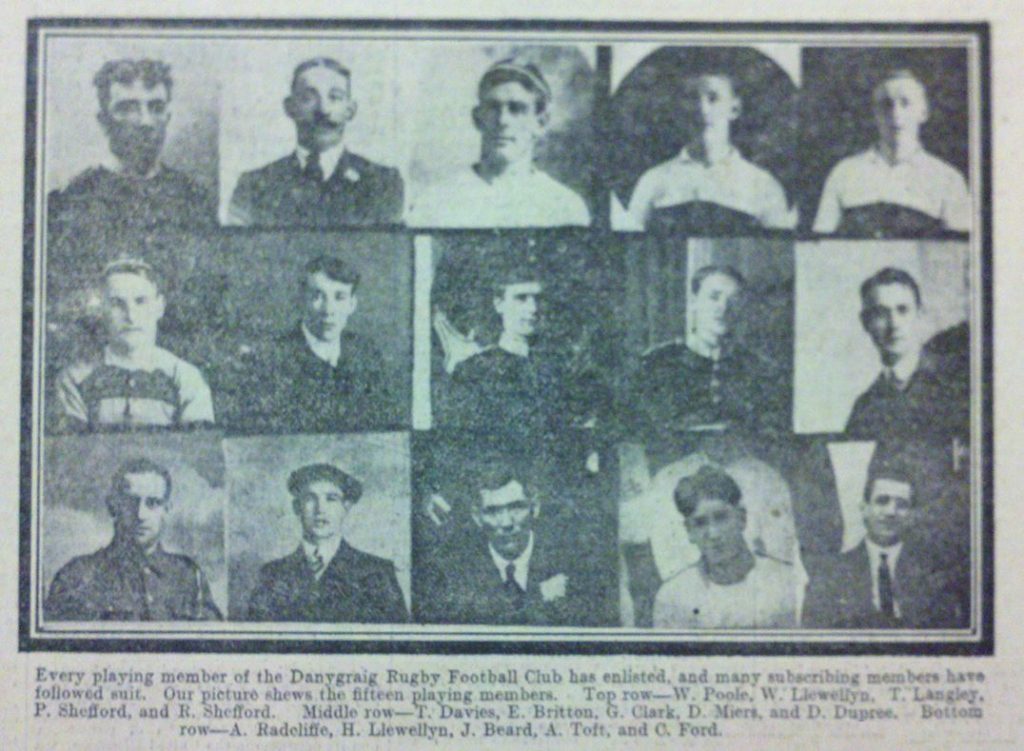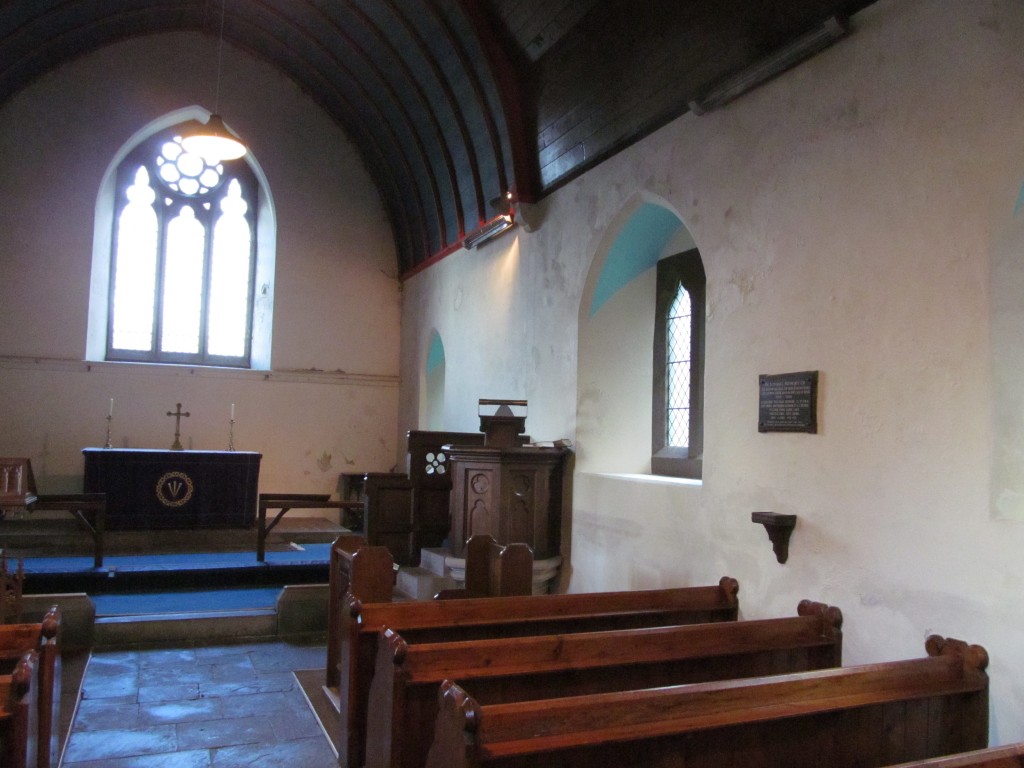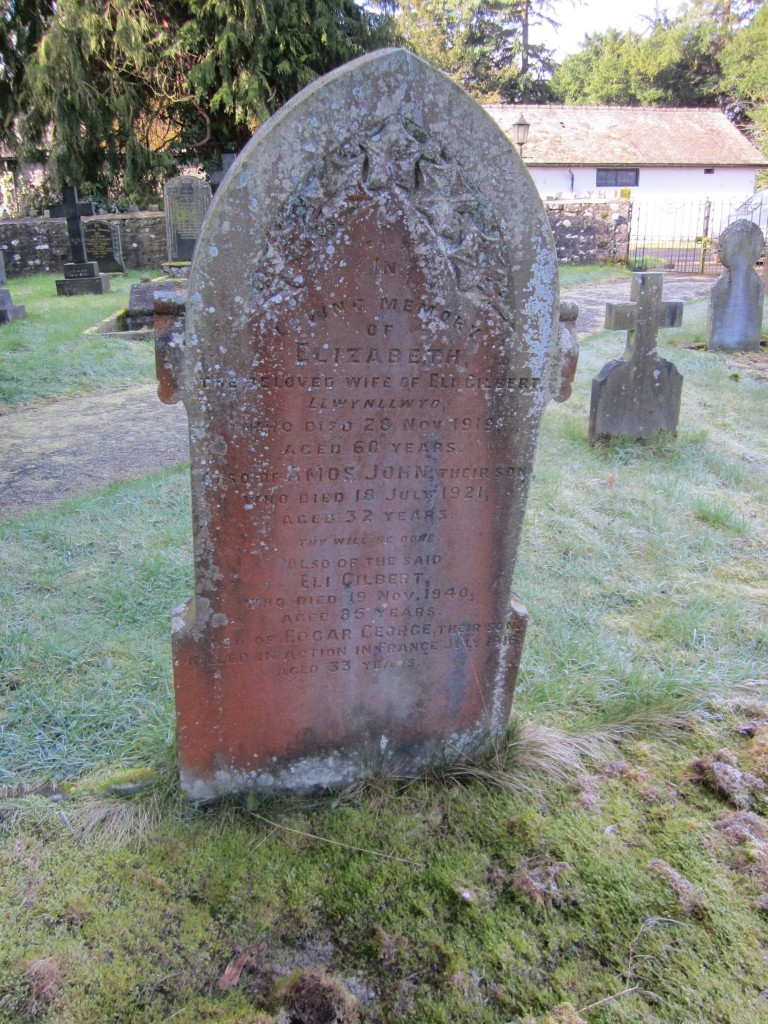Dai Dupree
“Thus the close of a life which had radiated joy into many a Swansea home”
David Arthur ‘Dai’ Dupree/Du Pree (spellings vary) was evidently a remarkably popular young man. He was a keen rugby footballer, an enthusiastic member of Sunday school and, as the Herald of Wales noted, one of those people ‘so favoured by fortune that when they cross our lives it seems as though a warm beam of sunshine is playing upon us.’
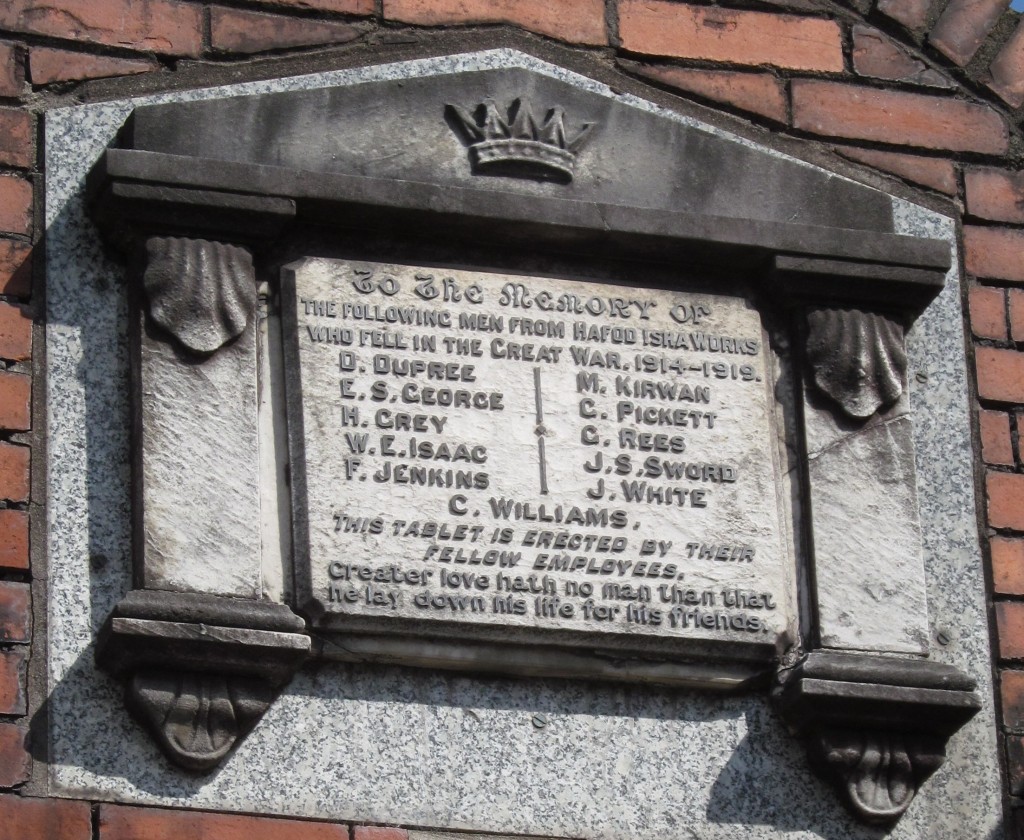 He was born in Swansea around 1895. At the time of the 1911 census he was living with his parents and five siblings at 12 Short Street, not far from Swansea’s High Street station.
He was born in Swansea around 1895. At the time of the 1911 census he was living with his parents and five siblings at 12 Short Street, not far from Swansea’s High Street station.
The census says that he was working as a railway messenger, whilst his two older brothers, William and Frederick, worked as railway shunters. However, Dai must have changed employment as he is listed with ten other men on the Hafod Isha Works memorial on Morfa Road.
Clearly keen to do his bit for the country, Dai was among the first recruits to enlist in Swansea. The Cambria Daily Leader reported on 7 September 1914 that ‘the 3.35 train to London on Monday afternoon carried a large batch of recruits to Cardiff and London,’ under the headline A GREAT SEND OFF. Dai Dupree and one other recruit (Will Harris, Trafalgar Terrace), were picked out for special attention among this batch. Dai was described as ‘a popular young footballer who had friends in countless camps at Swansea,’ whilst Will was ‘another young footballer with hosts of friends.’
A newspaper from later that month carried a photograph of all of the players of the Danygraig rugby team, every one of whom had volunteered for the war: Dai is on the right of the middle row.
There are many column inches dedicated to Dai in both the Cambria Daily Leader and the Herald of Wales. Before the war he turned up frequently in the sports pages: as well as playing rugby for Danygraig he played soccer for the Alexander Corinthians (attached to the Sunday school he attended). 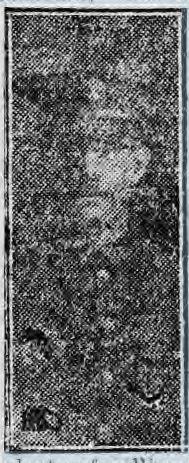 During the war, he was one of the performers at a Welsh Guards’ Concert. The article in the Cambria Daily Leader quotes extensively from an unnamed soldier who was at the event, and had a splendid time. Dupree was on after the Welsh Guard Glee Party, whose ‘renderings of “Aberystwyth” and “Ton-y-Botel” raised the audience to a high stage of emotionalism, and the English folk present must have thought that we truly were a strange people.’ A hard act to follow then! Frustratingly, the only thing written about Dai’s act is that “the comedians were great, and Private Dupree should in future be known as “the old man from Abertawe.” It would have been interesting to know what Dai’s performance was like, and how he earned such a nickname. Later, the Herald of Wales said that a song he created called “the Spanish Onion” was ‘illustrated by eccentric actions, [and] used to reduce us to helpless fits of laughter. They had heard him in it at the front, with like results.’ Once again, however, the newspaper’s information is disappointingly sparse when it comes to details about his antics.
During the war, he was one of the performers at a Welsh Guards’ Concert. The article in the Cambria Daily Leader quotes extensively from an unnamed soldier who was at the event, and had a splendid time. Dupree was on after the Welsh Guard Glee Party, whose ‘renderings of “Aberystwyth” and “Ton-y-Botel” raised the audience to a high stage of emotionalism, and the English folk present must have thought that we truly were a strange people.’ A hard act to follow then! Frustratingly, the only thing written about Dai’s act is that “the comedians were great, and Private Dupree should in future be known as “the old man from Abertawe.” It would have been interesting to know what Dai’s performance was like, and how he earned such a nickname. Later, the Herald of Wales said that a song he created called “the Spanish Onion” was ‘illustrated by eccentric actions, [and] used to reduce us to helpless fits of laughter. They had heard him in it at the front, with like results.’ Once again, however, the newspaper’s information is disappointingly sparse when it comes to details about his antics.
Dai Dupree died on 27 September 1916, aged 22. He was fondly remembered both in Swansea and amongst his comrades in the Welsh Guards. Unusually, his chapel dedicated a memorial to him alone, rather than having a memorial dedicated to all who lost their lives in the war. This may have been because his memorial was unveiled whilst the war was still in progress. The Cambria Daily Leader reported on 20 November 1916 that ‘at Alexandra-road Chapel, Swansea, a brass tablet, recording the names of members on active service, and another in memory of Corpl. David Dupree, of the Welsh Guards, was unveiled.’ Sadly, Alexander-road Chapel has now closed, and, as is the case with thousands of other closed chapels across Wales, we do not know the fate of either memorial.
Like many other Welsh soldiers, Dai was an ordinary young man, praised as funny, kind and ‘had he been spared, would have been a leader in a wider sphere.’ In the words of the Herald of Wales: ‘There are some lads so favoured by fortune that when they cross our lives it seems as though a warm beam of sunshine is playing upon us. David Dupree was all sunshine.’
g.h.matthews July 29th, 2016
Posted In: Uncategorized
Memorials in a small rural village
As the ‘Welsh Memorials’ project gathers information of WW1 memorials from all over Wales, one pattern that it to be expected is that memorials in sparsely populated rural parts of Wales are generally less substantial that memorials from urban areas. It stands to reason that chapels and churches in these parts would not have provided as many men for the armed forces as those in more densely populated areas. Furthermore, in industrial Wales there were often memorials established by workplaces, which sometimes list dozens of names of the fallen. Clearly this is not going to be the case in areas where the men worked as tenant farmers or farm labourers.
So the memorial in the ancient church at Aberyscir, four miles west of Brecon, is rather typical of the modest commemorations in rural Welsh churches. It contains details of five men of the parish, arranged in alphabetical order.
The first two names on the list are brothers, sons of Francis and Lucy Dickinson of Aberyskir Court, from a local gentry family. Both died in the final months of the war. The younger brother, Digby Dickinson died on the Western Front on 18 August 1918, leading his men in an attack. The Commonwealth War Graves Commission gives his date of death as 28 August, but this report in the local newspaper, which gives a glowing account of the young lieutenant’s courage, confirms that it was actually the 18th.
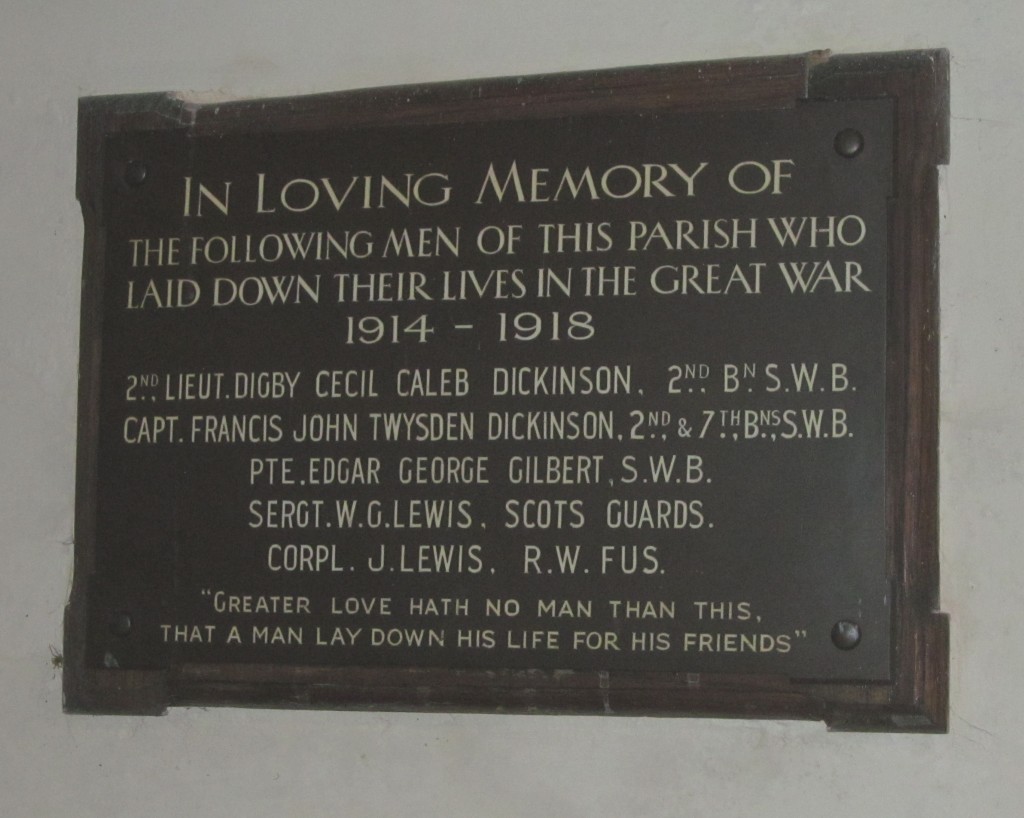 The elder brother, Francis Dickinson,
The elder brother, Francis Dickinson,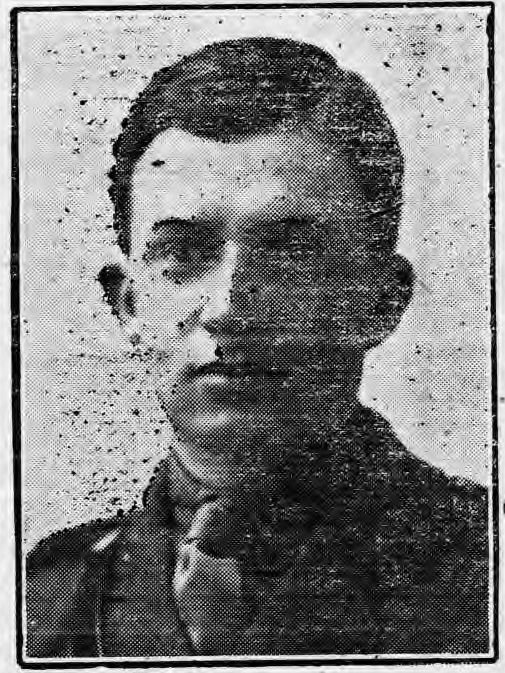 died a month later in the battle of Doiran on the Salonica Front. This battle, in a forgotten theatre of the war, was a complete failure for the British, and cost the lives of dozens of South Wales Borderers.
died a month later in the battle of Doiran on the Salonica Front. This battle, in a forgotten theatre of the war, was a complete failure for the British, and cost the lives of dozens of South Wales Borderers.
A memorial service for the brothers was held in Brecon on 1 November 1918, ten days before the Armistice brought the fighting to a close. 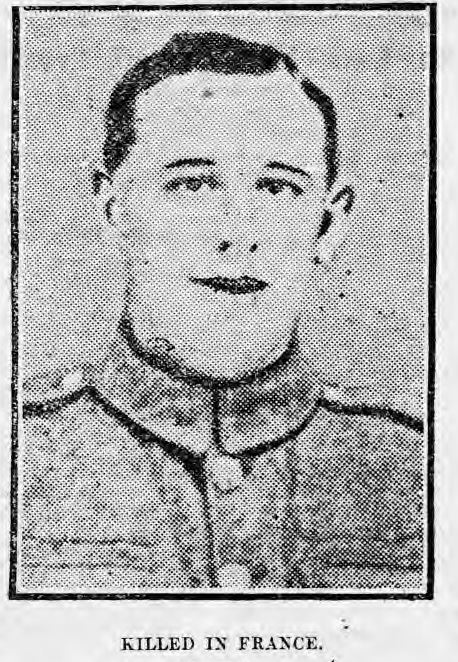 This service was held two days after the death of another of the men commemorated on the tablet.
This service was held two days after the death of another of the men commemorated on the tablet.
John Lewis, son of John and Anne Lewis of Llanddew, was killed on the Western Front on 29 October 1918. His photograph can be found here on the Cymru1914 website.
No information has yet been found regarding the other Lewis named on the Aberyscir memorial, Sgt. W. G. Lewis. However, there are many details regarding Edgar Gilbert. He was the son of Eli and Elizabeth Gilbert of Llwyn-llwyd, Aberyscir. Prior to the war he had been working as a collier in Llanhilleth. Both he and his brother Joseph joined the South Wales Borderers in the summer of 1915.
Edgar was wounded in early 1916 (see an extract from a letter here) but returned to action. On 25 July 1916 he was wounded severely in the kidneys, and as a friend went to rescue him and carry him to safety both were killed by machine gun fire. The news was conveyed back to the family by his brother Joseph.
Edgar Gilbert is commemorated on the Thiepval memorial as he has no known grave – along with over 72,000 other names of British and Commonwealth soldiers who died in the Somme area. However, his name does appear on another memorial – his parents’ gravestone in the churchyard at Aberyscir.

g.h.matthews July 22nd, 2016
Posted In: Uncategorized
